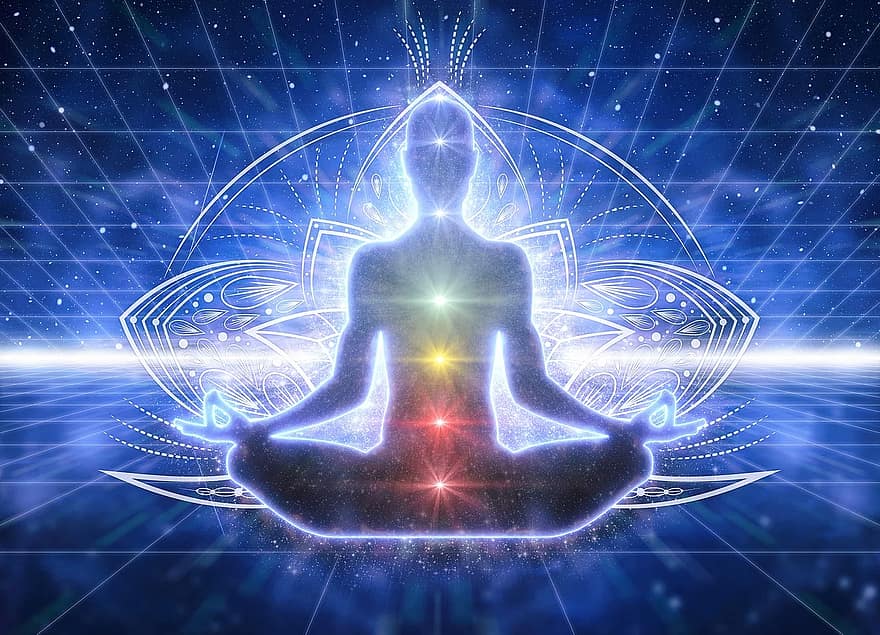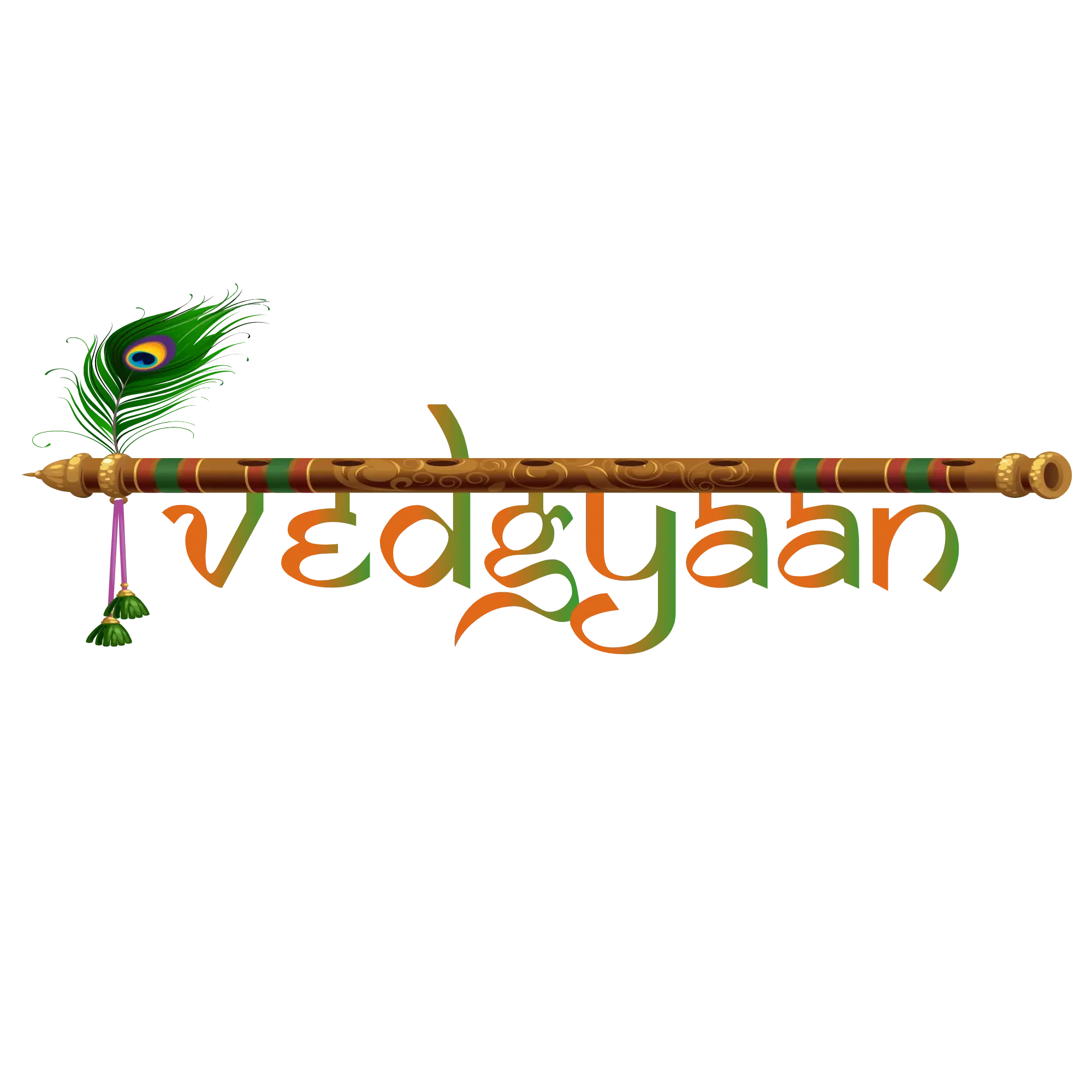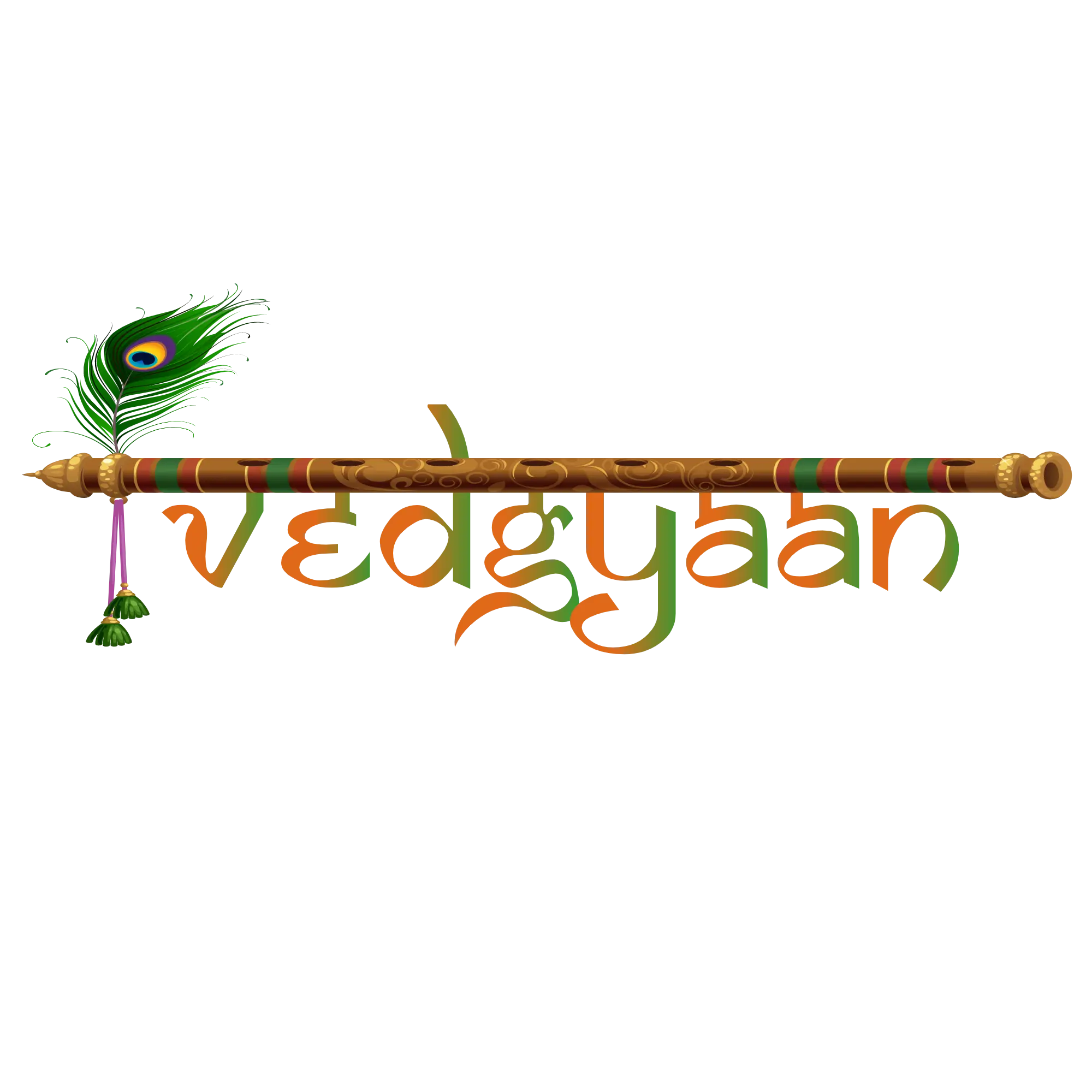The psychic energy centers of the body, the focal points of life, the originator of spiritual power, and the pathway to a true understanding of self and the Universe, Chakras play an important role in life – governing Dharma, Karma, and all life itself. The wheel of Dharma and a manifestation of spiritual energy, devotees far and wide devote their lives to unlock their inner chakras and experience their true power.

(Public Domain)
What is a Chakra?
Chakras (also known as Wheel) are some of the most significant energies or “focal points” in Hinduism, particularly in the Tantric tradition. They are often used as a part of meditation and ritualistic practices as a “tether” or “point of focus” – connecting the physical to the spiritual.
With deep roots in early Hinduism, Chakras are considered to be a form of visualization that combines a vast array of spiritually significant aspects such as lotus flowers, Mantras, depictions of deities, and so on, as physical entities that exist within the body.
Chakras are considered especially important in meditation as it is believed that they allow you to manipulate the flow of energy through your body and the surrounding universe through various techniques such as breathing exercises, visualizations, mudras, bandhas, kriyas, and mantras.
Chakras are the result of the belief that humans exist in two parallel universes- Sthula Sharira (Physical Body) and Sukshma Sharira (Spiritual self). The Sukshma Sharira is considered to be “all energy”, while the Sthula Sharira is “all mass”. This Sukshma Sharira is said to consist of multiple branches or channels of energy that connect it to the subtle body. This flowing, branching energy is called Chakra.
Origin of Chakra
With Vedic roots, The word Chakra is derived from the Sanskrit word “Chakra”, which directly translates to “wheel” or “circle”. Symbolically, the Chakra was said to signify the “wheel of time” or the “wheel of Dharma”.
The word Chakra was first mentioned in the Rigveda, where it was referred to as the universal wheel of Dharma and life, symbolizing the karmic law of the cosmos, the cycle of life, death, reincarnation, the Atman, and its connection to Brahman.
In Jainism, Chakra means “wheel”, and is considered the “yogic energy center”.
What Are The Primary Chakras?
The Seven Primary Chakras in the Tantric tradition are said to be located at different positions in the subtle body. Each of these Chakras is believed to have a unique purpose or power that can be unlocked through mediation, breathing techniques, or overcoming fear.

1.Muladhara
The primary Chakra, Muladhara is said to be the “root of existence”. It is symbolized by a red or pink Lotus flower with four petals.
Location
The Muladhara is said to be located in the pelvic region or the tail bone. It is said to be the area from which the three Nadis (ancient forms of psychic energy and knowledge) – Ida, Pingala, and Sushumna- emerge.
Associated Deities
The Muladhara is considered to be the holy abode of Lord Ganesha, a destroyer of obstacles. In depictions of Lord Ganesha as a part of the Muladhara, he is orange-skinned, wearing a yellow dhoti with four arms.
Lord Indra is also widely associated with the Muladhara. He is depicted as yellow-skinned, four-armed, and atop his divine vehicle- the elephant Airavat.
Function
The Muladhara is considered to be the base of all psychic energy. It is associated with the sense of smell, the elements of the earth, and the act of excretion.
It is also considered the location of “Kundalini Awakening”, the seat of the “Red Bindu” that unites with the “White Bindu” on the head, symbolizing the unity of male and female energies.
“By meditating thus on Her who shines within the Muladhara Chakra, with the lustre of ten million Suns, a man becomes Lord of speech and King among men, and an Adept in all kinds of learning. He becomes ever free from all diseases, and his inmost Spirit becomes full of great gladness. Pure of disposition by his deep and musical words, he serves the foremost of the Devas.”
2. Svadhishthana
The second Chakra, The Svadhishthana is said to be “where one’s being is established”. It is depicted as a white lotus with six vermillion-colored petals.
Location
The Svadhishthana is located near the navel or belly button, two finger-widths away from the Muladhara. Due to its location, it is often associated with reproductive organs.
Associated Deities
This Chakra is associated with Lord Vishnu, God of Preservation. In this form, he is depicted as dark blue and wearing a yellow-colored Dhoti, seated on his divine vehicle – The eagle Garuda.
Brahma and Saraswati are associated with the Svadhishthana Chakra as well. However, the strength of the Chakra is obtained from Goddess Rakini.
Function
This Chakra is said to deliver creativity, manifestations, and confidence. However, the immense strength of this Chakra is blocked by human fear and guilt, especially the fear of death. Overcoming this fear allows the Chakra to be unlocked to its full potential.
In addition to this, it is associated with pleasure, relationships, a sense of self, and reproduction.
3. Manipura
Manipura is the third primary Chakra and signifies a “lustrous gem”. It is represented by a downward-facing red triangle surrounded by black petals. It is most commonly associated with the colors red, yellow, and blue.
Location
Manipura is located above the belly button and is closely associated with digestion and metabolism. It is said to promote digestive, metabolic, and renal health.
Associated Deities
Manipura is most commonly related to the transformative powers of fire, and hence, is closely related to Agni Deva, the Fire God. It is also closely associated with Vayu, the God of Wind. Together, the energies of Agni and Vayu meet, balancing them.
Function
Manipura is considered to be the Chakra of achievement, dynamism, energy, and willpower. It is also associated with digestion, metabolism, sight, movement, and Prana. Meditation with the help of Manipura is also said to unlock the power to save or destroy.
4. Anahata
Anahata or the “heart Chakra”, is the fourth primary Chakra and is closely related to the Vedic concept of “celestial sound”. It is said to signify serenity and is depicted by a lotus flower with 12 petals.
Location
Anahata is located in the central portion of the heart, near the spine. Inside there is a space at the intersection of two triangles, creating a Shatkona- a symbol used in Hindu Yantra, representing the union of male and female.
Associated Deities
The deity of this Chakra is Vayu, God of Wind. He is depicted as a smoke-like being with four arms, riding an antelope – the animal of the Heart Chakra.
Function
Anahata is considered to be “a tiny flame inside the heart”, with a distinct sound that could be heard by enlightened individuals. It is also closely associated with the air around us, touch, and the movement of the hands.
True to its name, the heart chakra is also the chakra of love, compassion, and healing. Meditation with the Anahata Chakra allows one to become master of speech, control the senses of others and move in and out of one’s body with ease.
5. Vishuddhi
The Vishuddhi Chakra is the fifth primary Chakra and is revered as the “throat chakra”. The Vishuddhi Chakra is often portrayed as white in color, with sixteen purple-colored petals.
Location
The Vishuddhi Chakra is located in the throat area, in front of the spine, hence earning its title as the “throat chakra”. It consists of a downward pointing arrow that is sky-blue in color with a white region in the center.
Associated Deities
The white region of the triangle is considered to be the residence of Goddess Ambara, who is depicted as white in color and four-armed. He is portrayed with a silver crescent moon, the symbol of purity and purification.
Lord Sadashiva – Half a white-skinned Lord Shiva and Half a golden-skinned Shakti -resides in the Bindu that exists above the Vishuddhi Mantra. He has five faces that represent the senses of smell, taste, sight, touch, and sound.
Function
A symbol of purity, This Chakra is also known as the “center of purification”. It is also intertwined with artistic expression and creativity. It is believed that when this Chakra is hidden or closed, it attracts death and decay. However, when it is unblocked and open, The Chakra attracts negative experiences and transforms them into wisdom and lessons.
Karma, achievements, and feelings of fear and guilt determine whether the Vishuddhi Chakra is open or closed. Feelings of guilt and fear are often the reason the Vishuddhi Chakra remains closed. Good Karma and success ensure that the Vishuddhi Chakra remains open and at its full potential.
6. Ajna
The Sixth primary chakra is the Ajna Chakra or the “third-eye” Chakra and it signifies the subconscious mind, the Atman, and its divine connection to the Brahman. It acts as a “third eye” and helps one foresee the future.
Location
The Ajna Chakra is located on the forehead, in the center of the eyebrows. In a bid to show respect and to revere the Ajna Chakra, devotees apply vermillion or a bindi in that area. It is represented by a transparent lotus flower that consists of two flower petals.
Associated Deities
Inside the Chakra, The Goddess Shakti is depicted. She is portrayed next to a white moon, six faces, and six arms holding a book, a skull, a drum, and a Japa mala (rosary). A downward-pointing triangle exists above Shakti’s head. It is said that it symbolizes wisdom and intellect.
Function
The Ajna Chakra is closely associated with the brain and hence is associated with intellect and wisdom. It also provides the ability to foresee the future and develop superior intuition.
7. Sahasrara
Sahasrara is the seventh primary Chakra and signifies a “lustrous gem”. It is represented as concentric rings of Thousands of flower petals. It is most commonly associated with the color Violet
Location
Sahasrara is located at the top of your head and is closely associated with Spirituality. It is said to promote spiritual connection.
Associated Deities
Sahasrara is most commonly related to the powers of the brain, and hence, is closely related to The Lord of Lords Shiva.
Function
Sahasrara is considered to be the Chakra of Spirituality, Inner and Outer beauty. It is also associated with Medha Shakti which is a hormone that affects Intelligence, Memory, Spirituality, etc.
Chakra Significance in Hinduism
The evergreen, life-sustaining energy that connects the physical body to the subtle or spiritual body, Chakras are the beating heart of Hinduism. The Chakra is considered to be the ultimate source of life and the fuel for the soul.

In Hindu traditions, it is believed that within each human life, there exists a vertical arrangement of important Chakras beginning at the top of the head to the bottom of the spinal cord. These Chakras are said to be connected by vertical branches of energy that interweave each Chakra together.
It was believed in the Tantric traditions of Hinduism that by using the right technique, these inherent Chakras could be energized and their full potential could be unlocked by utilizing a variety of breathing techniques or by seeking the help of a spiritual guide- thus giving birth to the connection between Chakras and meditation.
Omnipresent, highly spiritual, and a direct source of psychic and emotional energy, Chakras are considered to be unrestrained by any physical constraints, but rather, exist within one as a form of undetectable spiritual energy. Chakras are also considered to be a tool or source of enlightenment, as it opens one up to their internal energy (Prana) and strengthen the mind-body-soul connection. Meditation accompanied by diagrammatic symbols and sounds such as Mantras, deities, and Mandalas helps one to unlock the Chakras within them.
Chakras are closely associated with “Prana” or “life-energies”. The Prana is what exists within a human, functioning as the source of emotions and personality. Once a human dies, their Prana is extinguished, leaving behind a soulless shell. Together, Prana and Chakra exist in the same dimension, forming the immense framework of spiritual energies that together form emotional energy.
Chakras Significance in Buddhism
In Buddhism, there are four main Chakras that govern the Universe. These four main Chakras are – Manipura (navel), Anahata (heart), vishuddha (throat), and Ushnisha Kamala (crown). However, in the Buddhist Tantric traditions, there are five main systems of Chakras each closely related to an element of nature.
- Basal chakra
The basal Chakra is the first Chakra in Buddhist Tantra and is located near the pelvic bone. It is associated with the Earth.
- Abdominal Chakra
The second Chakra, the Abdominal Chakra is located near the navel and is closely associated with Water.
- Heart Chakra
The heart Chakra is the second Chakra and is located near the heart. It is closely associated with the element of Fire.
- Throat Chakra
The fourth Chakra, the Throat Chakra is located in the throat and is associated with the element of Wind.
- Crown Chakra
The fifth and final Chakra, the Crown Chakra is located in the forehead. It is closely associated with infinite space.
Chakras Presence In Tantric Yoga Traditions
Tantra is the ancient esoteric sect of Hinduism, which deals with the connection of the spiritual self with the physical self through enlightenment, knowledge, and pleasure. In Tantric traditions, Chakras exist in the subtle body in groups of 4-7, the most common out of which is the six plus one Chakra system.
In this system, The Chakras are arranged vertically along the subtle body in a group of six, the last Chakra being “Sahasrara”. Each Chakra in this system is associated with a Yogi associated with each part of the subtle body.
| Place in Subtle Body | Associated Yogini |
| Muladhara | Dakini |
| Svadhisthana | Rakini |
| Manipura | Lakini |
| Anahata | Kakini |
| Vishuddhi | Shakini |
| Ajna | Hakini |
Shaktism is a very significant branch of Tantra and deals extensively with the use of Chakras. In Shaktism, the Chakra is considered to be an energy center that can be unlocked by a variety of techniques. These techniques soon gave birth to a new form of meditation known as Yoga.
Conclusion
Brimming with spiritual power and the energy of the Universe, Unlocking one Chakra allows them to develop qualities they believed they did not possess and allows them to master the qualities they do possess. A one-way ticket to supreme enlightenment and self-development, devotees make it their life’s purpose to unlock the full potential of their inner chakras.







